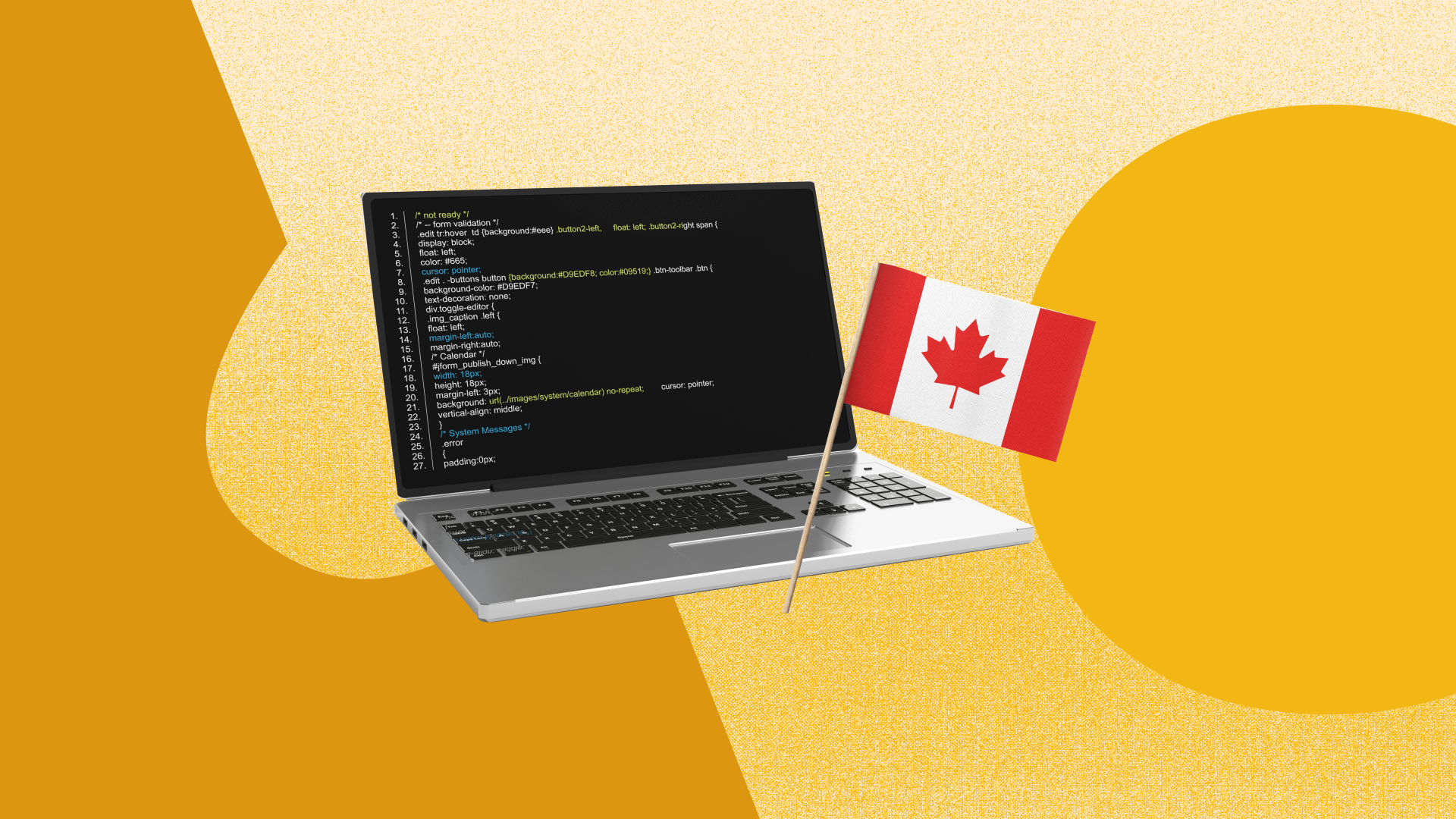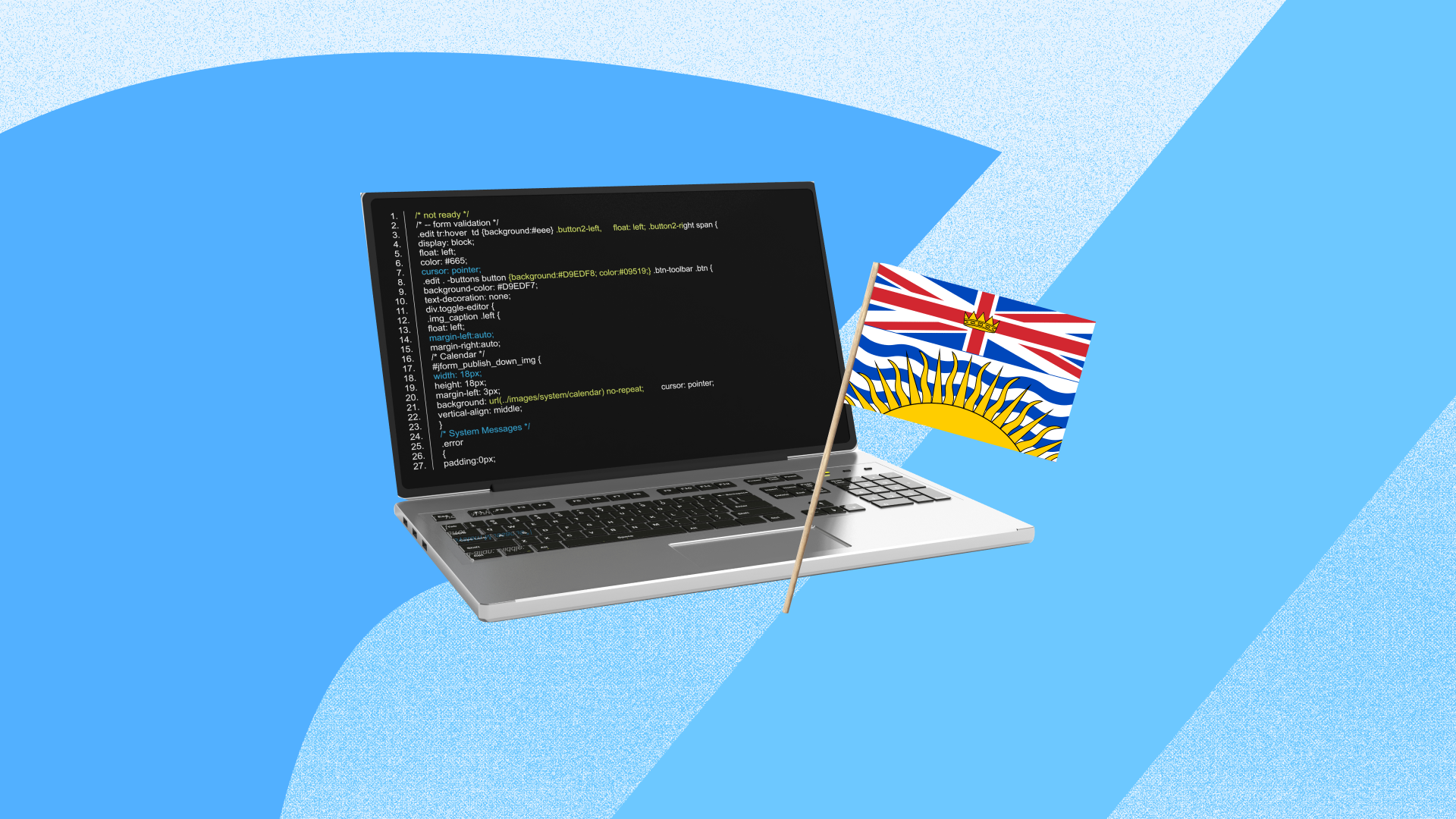Why is payroll reconciliation important for businesses?
What steps are involved in the payroll reconciliation process?
How often do companies perform payroll reconciliation?
What common errors can payroll reconciliation help identify?
Payroll Reconciliation
Payroll reconciliation is the process of verifying that payroll records align with bank transactions to ensure accurate employee payments.
Why is payroll reconciliation important for businesses?
Consistently reviewing your payroll helps prevent errors and keeps your team confident that they're receiving accurate pay. An accurate payroll is crucial as it helps ensure compliance and avoids any potential tax-related issues with the IRS. Regular reconciliation is key to payroll risk management, helping protect your business from compliance issues.
What steps are involved in the payroll reconciliation process?
First, you gather all your paperwork, including timesheets, payroll reports, and bank statements. Then, you compare these documents to make sure the numbers match up. You'll check total wages, taxes taken out, and final take-home pay. If you detect any differences, you fix them right away. Many small businesses now use modern payroll solutions to simplify the process and detect errors automatically.
How often do companies perform payroll reconciliation?
Most companies check their payroll every time they run it so that they catch any issues before payments are made. This is especially important if you calculate pay using employee time tracking systems. Smaller companies might only do it monthly. Keeping a consistent schedule is crucial for spotting and resolving potential issues before they become problems.
What common errors can payroll reconciliation help identify?
Reconciliation helps catch common payroll mistakes such as incorrect pay rates, missed overtime, or wrong tax withholdings. It can also flag double payments or overlooked raises.
Dive Deeper with Justworks’ Resources
Get a closer read on relevant topics related to benefits, payroll, HR, compliance, and more.





